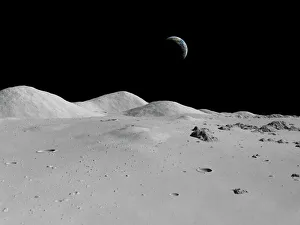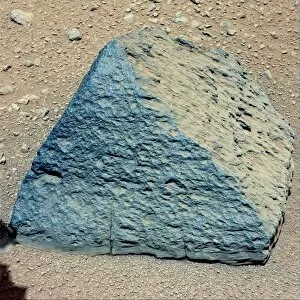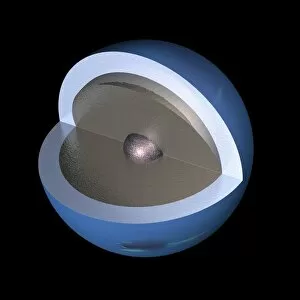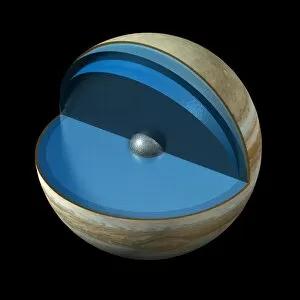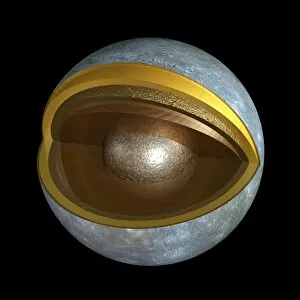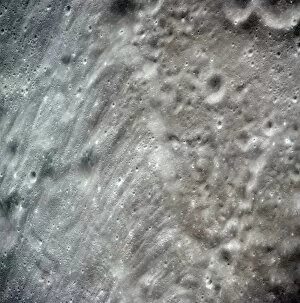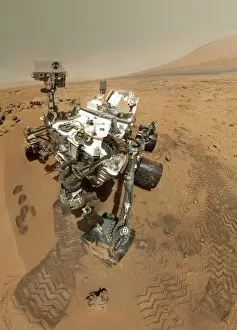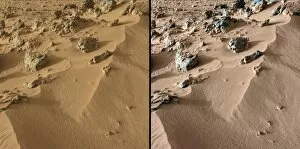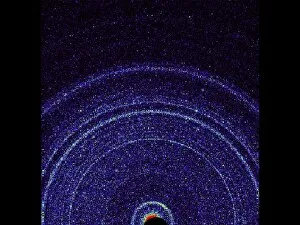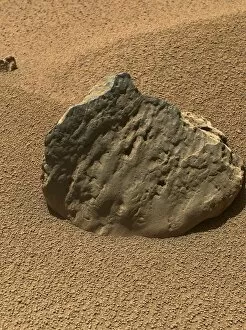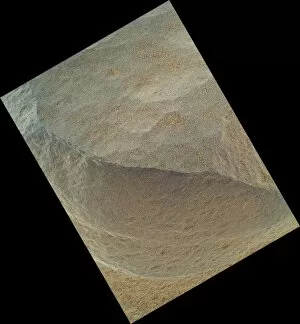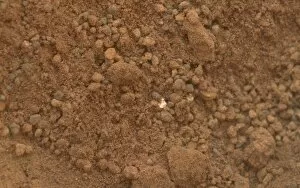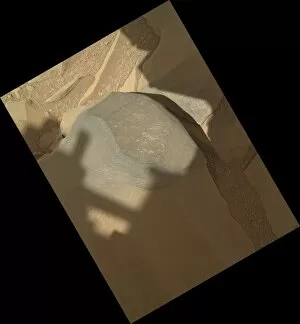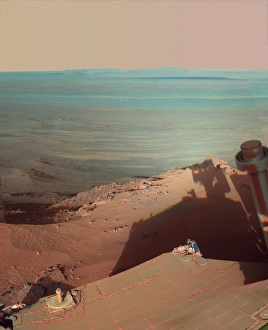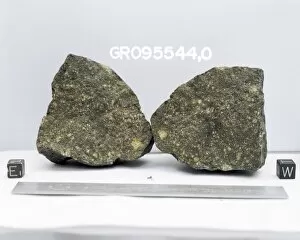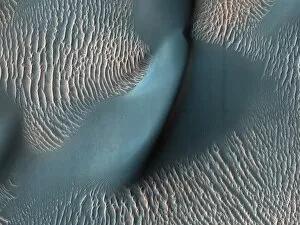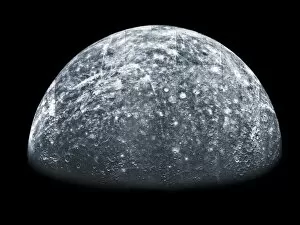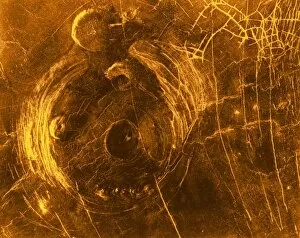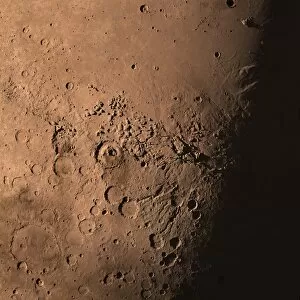Astrogeological Collection
"Exploring the Mysteries of Astrogeology
All Professionally Made to Order for Quick Shipping
"Exploring the Mysteries of Astrogeology: From Lunar Surfaces to Martian Landscapes" Delve into the captivating world of astrogeology as we embark on a journey through various celestial bodies, unraveling their hidden secrets and breathtaking beauty. Starting with the lunar surface, we are mesmerized by the Apollo 15 photograph capturing a lunar crater in all its glory. The rugged terrain tells tales of ancient impacts and volcanic activity that shaped Earth's closest neighbor. Moving further into space, our attention is drawn to Mars, where the enigmatic Jake Matijevic rock stands as a testament to the planet's intriguing geological history. The self-portrait taken by Mars Curiosity rover showcases its tireless exploration efforts amidst this barren yet fascinating landscape. Venturing deeper within Mars' red soil, we witness images from the Rocknest site captured by Curiosity rover. These snapshots offer glimpses into an alien environment rich in scientific potential and clues about Mars' past habitability. But it doesn't stop there – our imagination takes flight as we explore not only planetary surfaces but also their mysterious interiors. Through stunning artwork, we visualize Neptunes interior, shrouded in swirling storms and icy depths that hide countless wonders waiting to be discovered. Saturn's interior beckons us next with its majestic rings encircling a core of gas giants. As our minds wander through this ethereal realm depicted in artwork, we ponder over Saturn's complex dynamics and magnetic fields that shape its awe-inspiring appearance. Jupiter follows suit with another glimpse into its magnificent interior portrayed through artistic interpretation. Beholding swirling clouds of vibrant colors dancing across Jupiters atmosphere reminds us of nature's grandeur on an astronomical scale. Mercury surprises us with its own unique charm as artwork reveals insights into this tiny planet's intricate interior structure. Despite being so close to scorching temperatures near the Sun, Mercury holds secrets about how rocky planets form and evolve.

